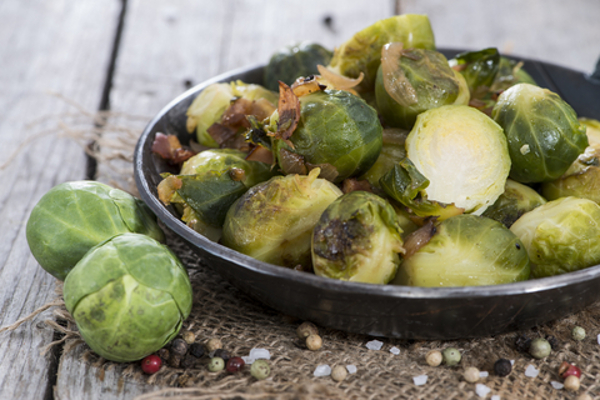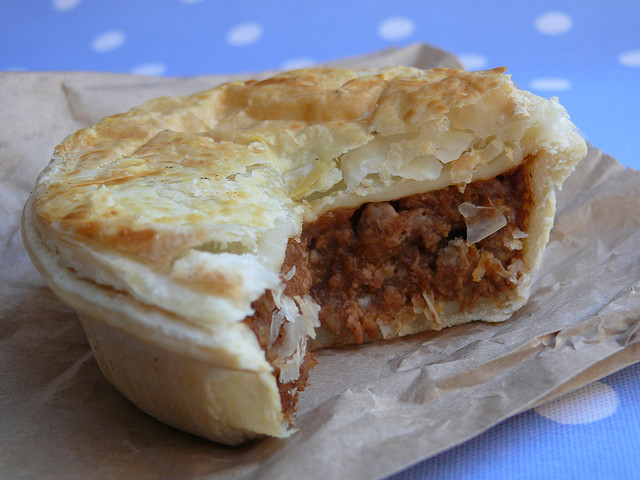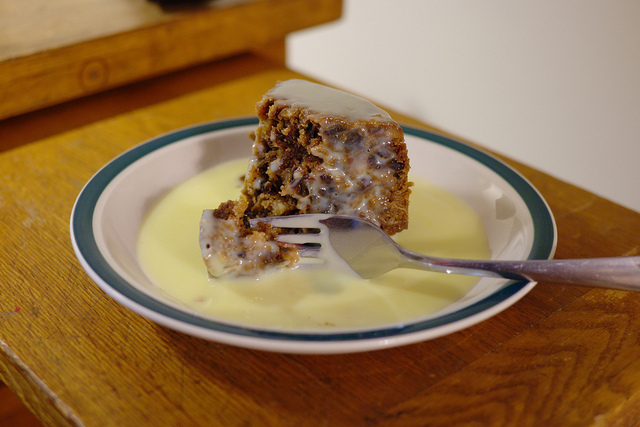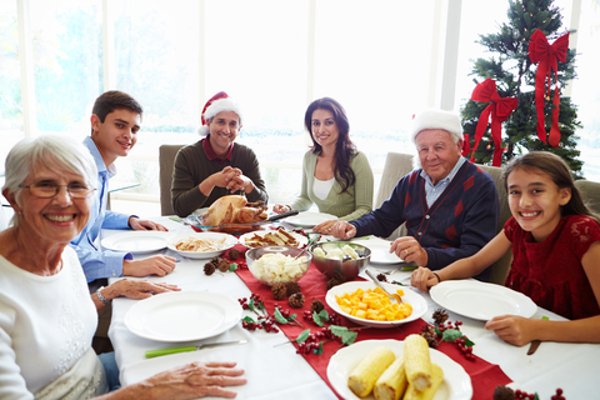After the gifts have been exchanged and the kids have worn themselves out on new toys, the next biggest activity on Christmas Day centers around eating.
What people choose to prepare on Christmas dinner table often reflects traditions passed down through generations, even though most of us might be unaware.
Today, Americans largely stick with turkey and ham with mashed potatoes, stuffing and gravy, maybe some spinach or other green vegetable. And don’t forget about the pie and ice cream.
The reasons for such a meal come from traditions dating back to Medieval times when nearing the dead of winter on a farm meant root vegetables and game meat were about the only option.
Like our customs today, the holiday meal in the 16th century was also a time to gather with family around an abundance of good food. Only their gorge-fest lasted 12 entire days. Talk about a belt-loosener.
Here are 6 things you probably didn’t know about Christmas dinner traditions:
Photo credit: Dreamstime
Christmas dinner
-
Americans eat the most

Big surprise, in a recent survey of worldwide Christmas dinner eating trends, Americans were found to have the highest calorie-laden meals, typcially consuming a whopping 3,291 calories. But don't worry, Great Britain and France were not far behind. Some surveys claim Americans consume up to 6,000 calories on Christmas, but that's probably from an extra helping of pie.
Photo credit: Dreamstime
-
England loves sprouts

In a survey of Christmas dinner traditions by The Guardian, Great Britain shared our propensity for the turkey, a custom reportedly the began when Henry VIII had turkey for Christmas in the 16th century. Throughout the rest of Europe, residents are more inclined toward goose. But one thing the English prefer more than any other on Christmas day and that's Brussel sprouts, probably more than people in Brussels.
Photo credit: Dreamstime
-
Mincemeat pie got rid of leftovers

Back in the day, mincemeat pie became a Christmas tradition not because they were delicious but because they were a good way to get rid of leftover meat. Similar to shepherds pie or pot pie and other variations throughout the world, mincemeat pies combined meat and dried fruit into a rich meat filling. Today they have developed into hand pies with flaky pastry crust.
Photo credit: Flickr CC
-
Peacocks preferred over turkeys

Up until the 19th century in Great Britain, Christmas was a 12-day affair, thus the 12 days of Christmas. This meant a marathon of eating with tables often filled with a variety of wild game from goose and rabbit to lamb and venison. In Medieval times there was one mainstay and it was not the turkey. It was the peacock. A favorite among the elite, peacocks held the centerpiece spot on the table in those days.
Photo credit: Flickr CC
-
Sugar plums contain no plums

We've all heard the line from the famous Christmas poem Twas The Night Before Christmas. "As visions of sugar plums danced in their heads..." But what are they? Turns out sugar plums don't contain plums at all. They are just made of sugar. Dating back to the 1600s, a sugar plum was a piece of hard candy often surrounding a seed or nut that could take days to produce, making it quite the luxury. The candy was so expensive that in the 18th century the term plum became slang for a pile of money. By the 1860s, the process for creating these hardened sugar balls had become mechanized.
-
Christmas plum pudding

Another plum dish that doesn't contain plumbs, the Christmas plum pudding has been a tradition since Medieval times. More similar to a fruit cake than a pudding as we would imagine, the plum pudding combines dried fruits, liquor and aromatic spices. The ingredients are mixed together then hung in bag for several days. Sounds delicious already. The spices required were considered luxuries and rare in those days so a plum pudding was a big treat. What emerges is a brick of cake that can last longer than you probably want.








